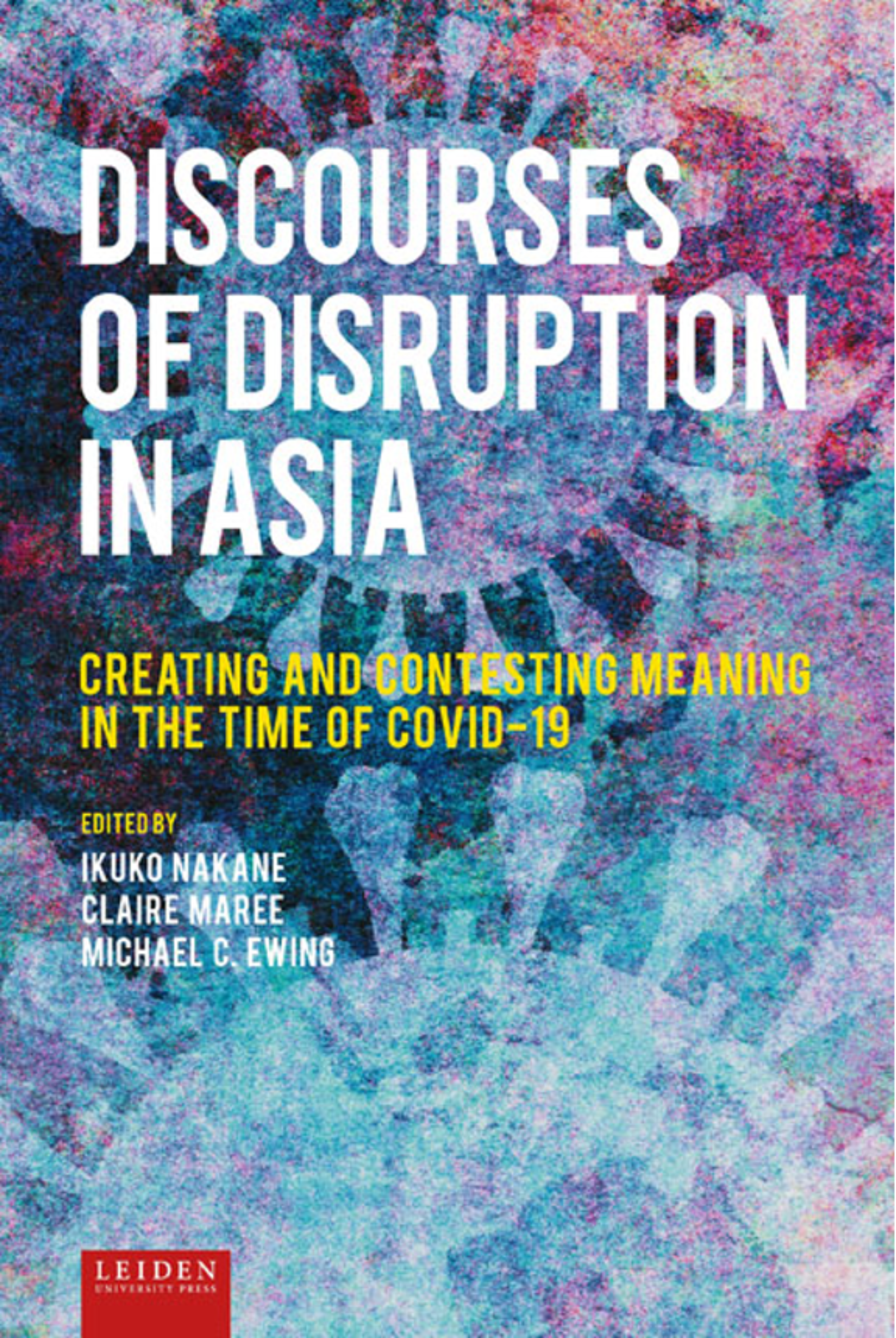“Martyrs in Masks: The ‘Battle-Hero-Saviour’ Story Grammar of COVID-19 Coverage in Chinese Communist Party Media” is a book chapter by Susanna Ackroyd, a policy analyst with a background in Asia-Pacific politics. By conducting a critical discourse analysis of articles from the state-controlled newspaper People’s Daily (人民日報), Ackroyd argues that the Communist Party of China (CPC) uses media to construct a war narrative around its COVID-19 control efforts to strengthen its legitimacy and control over the nation.
War narratives are particularly impactful in China because they align with the existing national narratives created by the CPC, where it lifted China out of a series of national crises, such as the Japanese invasion of China between 1894 and 1945, into its present-day prosperity. The narrative consists of three components: it frames the infection control effort as a “battle,” soldiers and frontline medical staff as “heroes,” and the CPC as the “savior” of the country. For example, an excerpt from an article dated 2 February 2020 reads, “In Wuhan and across the country, many ‘soldiers in white’ have given up their families for everybody, faced the epidemic and are fighting bravely! They have already resolutely decided: without a complete victory, they pledge not to retreat!” (He et al., qtd. in Ackroyd 33), which refers to medical staff as “soldiers” and that they are “fighting [the virus],” contributing to the militaristic tone of the effort to treat COVID-19 patients. At the same time, the article paints medical staff as having almost superhuman resolve, making heavy personal sacrifices and pursuing victory at any cost. By framing the virus as an invading enemy, the CPC positions itself as a “vanguard party” and the leaders of the resistance against COVID-19. It leverages its past successes in revolutionary wars, most notably in its victory in the Chinese Civil War which established it as the ruling party of China, to raise the public’s confidence that the virus can eventually be eradicated and to ensure the public’s compliance to infection control policies. For example, an article on January 26 2020 reads, “To be confident in winning a victory in the battle against the epidemic, we must unswervingly implement every policy and plan of the Party Central Committee” (qtd. in Ackroyd 36).
During the COVID-19 pandemic, the CPC took advantage of its ability to control narratives of major news outlets to disseminate information on COVID-19 control efforts through a narrative of war. Chinese depictions of its pandemic response reflect the country’s militaristic and revolutionary modern history, from overseas invasions to civil wars, which convey a sense of threat and urgency to raise the public’s alertness towards the pandemic. By glorifying the sacrifices of frontline medical staff and the Party’s integral role in coordinating and leading the nation’s pandemic response, war narratives strengthen the public’s faith in the CPC’s capabilities and allow the CPC to assert its influence over the public.

Image Captions:
Cover image of Discourses of Disruption in Asia: Creating and Contesting Meaning in the Time of COVID-19, edited by Nakane Ikuko, Claire Maree, and Michael Ewing. Amsterdam University Press, 2023.Citation: Ackroyd, Susanna. “Martyrs in Masks: The ‘Battle-Hero-Saviour’ Story Grammar of COVID-19 Coverage in Chinese Communist Party Media.” Discourses of Disruption in Asia: Creating and Contesting Meaning in the Time of COVID-19, edited by Nakane Ikuko, Claire Maree, and Michael Ewing. Amsterdam University Press, 2023, pp. 25–42. NON-FICTION, SCHOLARLY BOOK CHAPTER | CHINA. ll
Source Type: Scholarship on COVID-19 Studies
Country: China
Date: 16-Oct-2023
Keywords: Communist Party of China, Chinese News Media, Frontline Medical Staff, Political Narratives of COVID-19, and War Narrative